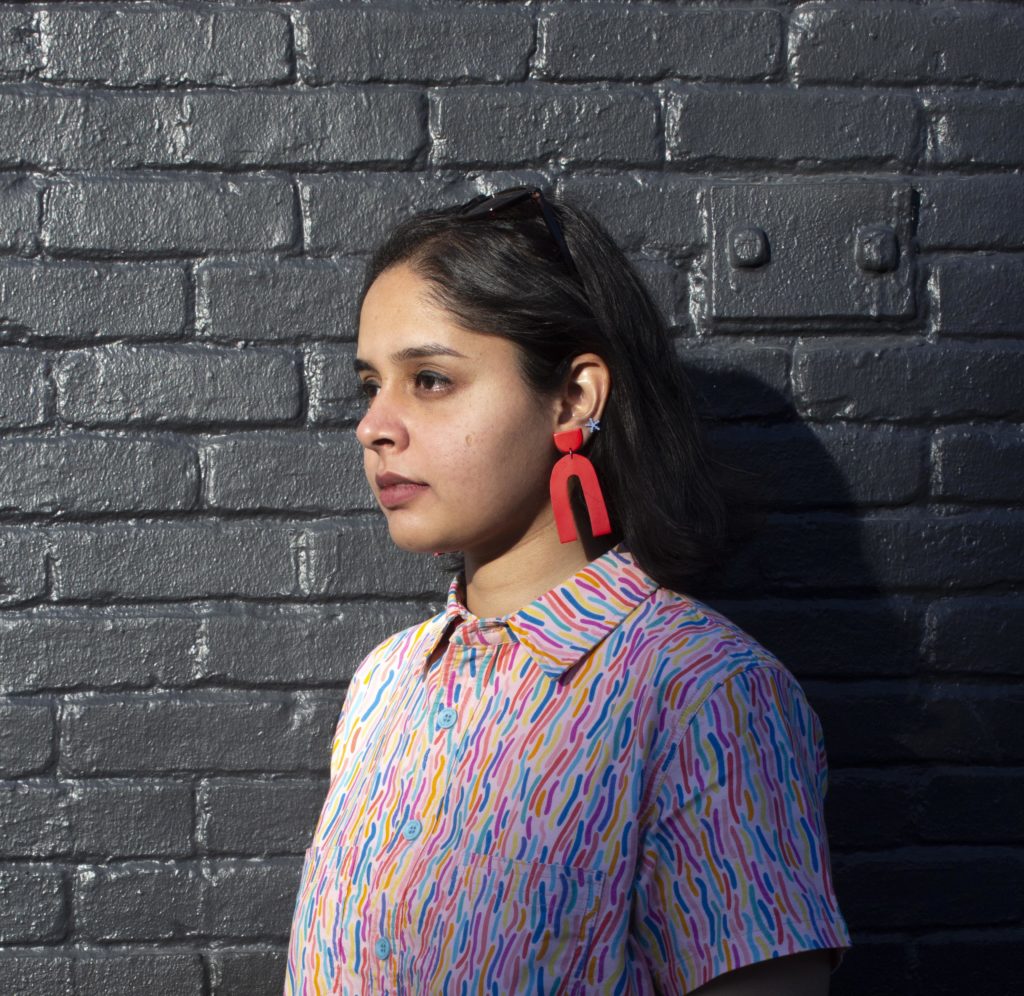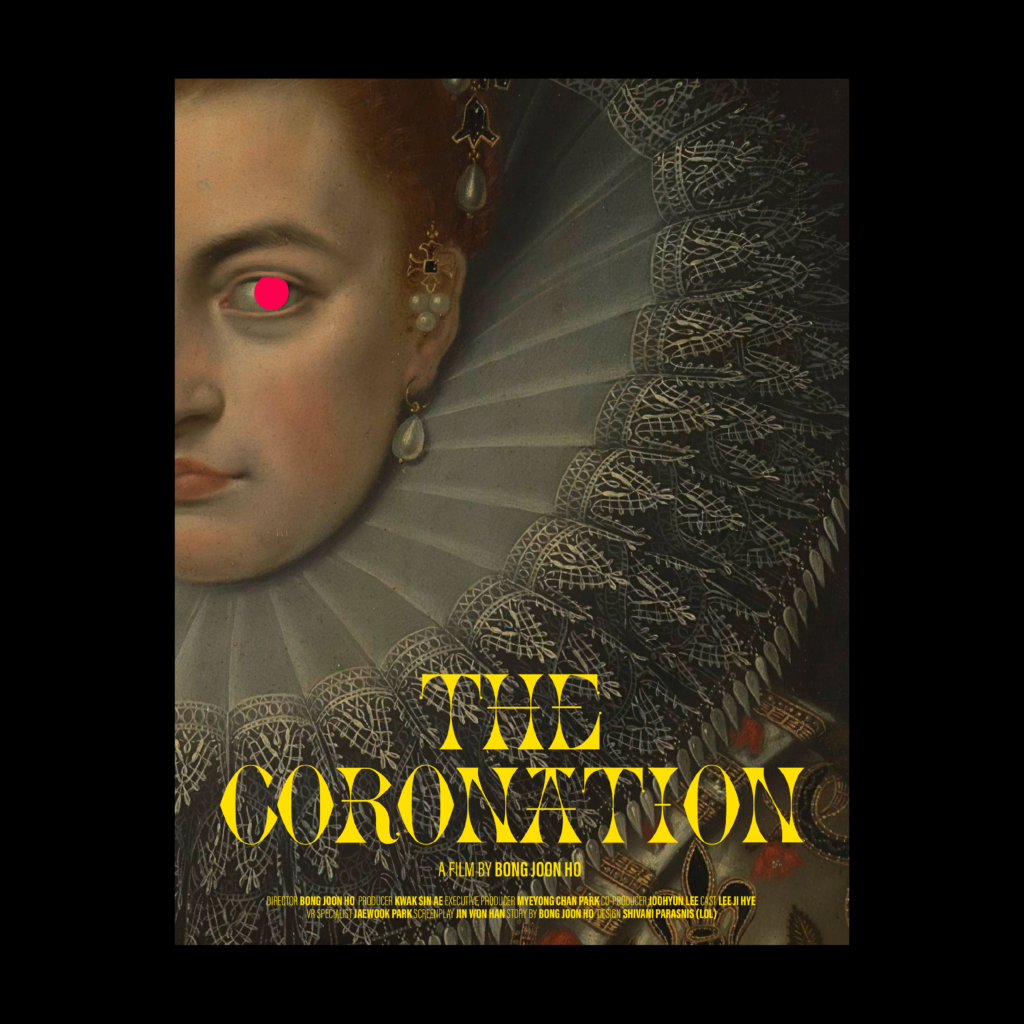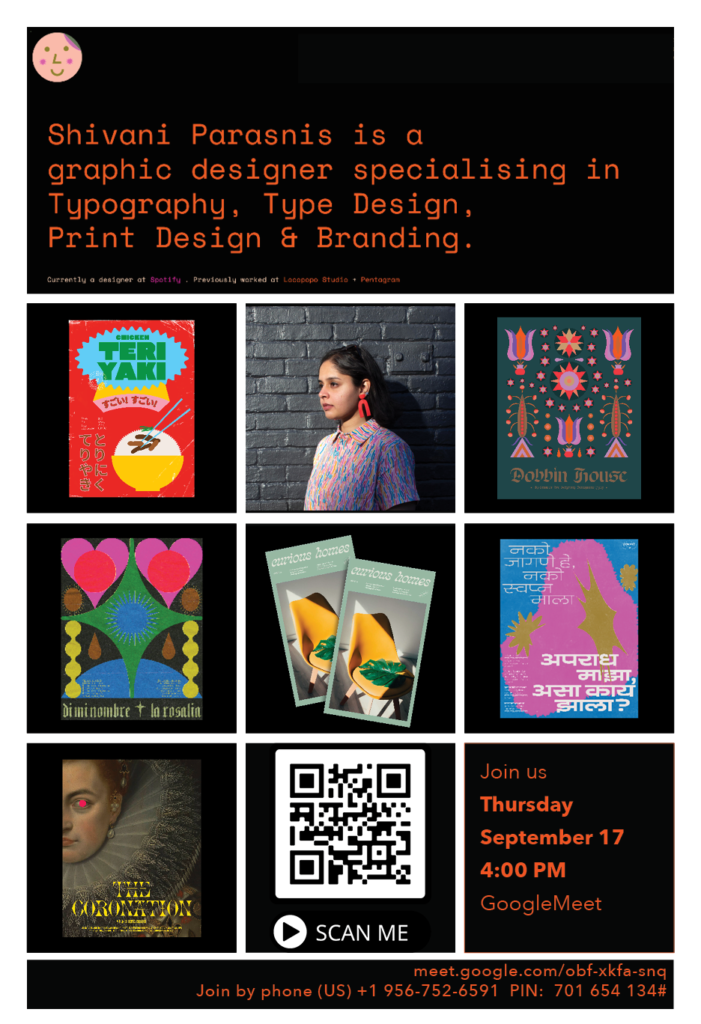
Typographer/graphic designer Shivani Parasnis kicks off PCA&D’s Artist Talks for 2020-21
Friday, September 11th, 2020
Shivani Parasnis is proof that there’s no one way to “be a creative.”
The typographer/graphic designer from Mumbai, India, is a recent MFA Graphic Design graduate from the Maryland Institute College of Art (MICA) in Baltimore, true.
But she spent five years as an undergraduate and grad student studying biotechnology before switching gears in 2018 to explore new and exciting ways of expressing and designing letters, illustrations, and print media.
A Brand & Creative team member at Spotify, where she works as a designer in their in-house agency, Parasnis has also been a designer for Locopopo Studio and Pentagram. She’ll present a virtual Artist Talk to the PCA&D community Thursday, Sept. 17, at 4 pm on Google Meet.
Learn more about how her physical and emotional environments, as well as the influences of both East and West, meld in her design thinking:
Your website has such a proliferation of inspiration — what will you be highlighting at PCA&D?
SP: The focus of my presentation is going to cover typography and illustration primarily, with a little bit of my background and my work at Spotify.
Since you are invested in many ways to express your art, what are the through-lines you see that tie them all together?
SP: The three constants for me in all of my work are my culture, my surroundings, and vibrancy.
A lot of the work I do is heavily influenced by my upbringing, my family, and the things I see around me. Since I moved to the States a couple years ago, I am always finding new ways to connect and interpret my experiences of the East and West in my design. While a lot of my older work was primarily created with an Indian point of view, studying at MICA has helped me broaden my perspectives, and (visualize) my design through diverse lenses of experimentation and unique approaches.
Shivani Parasnis Virtual Artist Talk Thursday, Sept. 17, 4 pm, on Google Meet. See recording below:
When you began art school, did you have any idea of which path you’d take?
SP: When I began my MFA at MICA, I genuinely had a blank slate to begin with. Before pursuing my Graphic Design studies, I actually did my undergrad AND went to grad school to study Biotechnology — that’s a total of five years! Crazy, I know! Hence, when I decided to come to the States to study design, it was a whole new experience for me. The one skill that stayed and evolved with me throughout, was calligraphy. I had been drawing letterforms since I was in the 6th grade, and that definitely trickled into every other project I did in and outside of MICA. While that zone of lettering and calligraphy was definitely familiar, I pushed myself to explore beyond the usual, and took a deeper look at the anatomy of letterforms through the practice of typeface design. Two years ago, I had an inkling that I’d probably do something related to this field, but these two years at MICA definitely helped shape my interest and steer me into this fascinating world of typefaces and letterforms!
What helped you to determine that path?
SP: My interests in calligraphy and lettering, along with self-exploration. Instead of merely looking at the work of other designers whose work I admired, I studied what they did, and tried to understand how they did it. That pushed me to study and narrow down on the details of typography, which I wouldn’t bother about otherwise. Even though I do not work as a full-time type designer right now, learning typeface design made me appreciate the beauty and balance of letterforms that dictate the moods and tones within typography.
Do you think the role of “the artist” changes with current events?
SP: Most definitely! The role of an artist is to respond and react to their surroundings, and the more you observe, notice, and create to serve the community you are a part of, the closer you get to making a difference with your point of view. In times like these, I often feel helpless as a designer, but I think it helps to remind yourself that you still have the tools and skills to help people out, (just) maybe not in the most conventional way. Making work that roots from your own unique experiences helps you to connect and evolve, and that is one principle I always stand by.
Where do you see your role as someone living a creative life?
SP: When I think of a “creative life,” I envision a space where I am happy with the work I am putting out into the world and, most importantly, being able to showcase my background, culture, thoughts, and memories through a visual canvas. To be able to create discourse and meaningful dialogue around your experiences not just with other designers, but also people with all kinds of professions, brings an extreme amount of joy to me. And that is what makes my journey as a designer and artist meaningful in every way.
Learn more about Parasnis at her website, follow her work on Instagram, and check out a recording of her PCA&D Virtual Artist Talk below:



